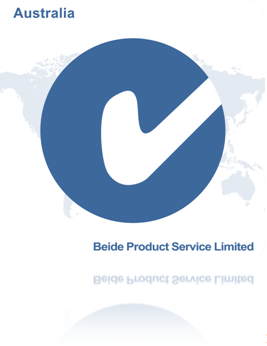Summary of Certification Content
C-Tick is the electromagnetic compatibility part of Australia, controlled by the Australian Communications Association (ACA Australia Community Association). Currently, only the interference part is controlled, and products within the control range have been mandatory since January 1, 1999.
Australia's requirements for EMC adopt the self declaration approach of the EMC architecture (1992 Wireless Communication Act). The electrical products specified in this architecture must comply with Australian standards and obtain recognition from the Australian Communications Authority before using the C-Tick logo.
The EMC system in Australia divides products into three levels. Suppliers must register with ACA and apply for the use of the C-Tick logo before selling Level 2 and Level 3 products.

Level 1 product
It refers to products with low interference radiation to devices using wireless spectrum, such as manual switches, simple relays, unidirectional squirrel cage induction motors, resistors, etc. For Level 1 products, suppliers must sign a declaration of conformity and provide a product description. Level 1 products can voluntarily apply for the C-Tick logo, but after choosing to use the logo, suppliers must provide a compliance statement and product description, as well as compliance records to prove that the products described in the statement have met relevant EMC standards. The testing location is not required and internal testing is allowed.
Level 2 product
It refers to products with high interference radiation to devices using wireless spectrum, such as switching power supplies, welding machines, dimmers, and most household appliances. In addition to signing a compliance declaration and providing a product description, the supplier also needs to provide a test report conducted according to relevant standards. If there are no relevant standards, technical structure documents need to be provided. The testing location is not required, and internal testing is allowed.
Level 3 products
It refers to products with extremely high interference radiation to devices using wireless spectrum, namely products covered by CISPR11 and CISPR22. At present, communication terminal products are still included in this scope, but starting from November 7, 2003, terminal products will be classified as Level 2 products. Suppliers must not only sign a compliance declaration and provide a product description, but also provide a test report issued by an approved testing agency. At the same time, a quality management system certificate issued by a QSM certification agency should also be issued.
Certification mark
C-tick RMC